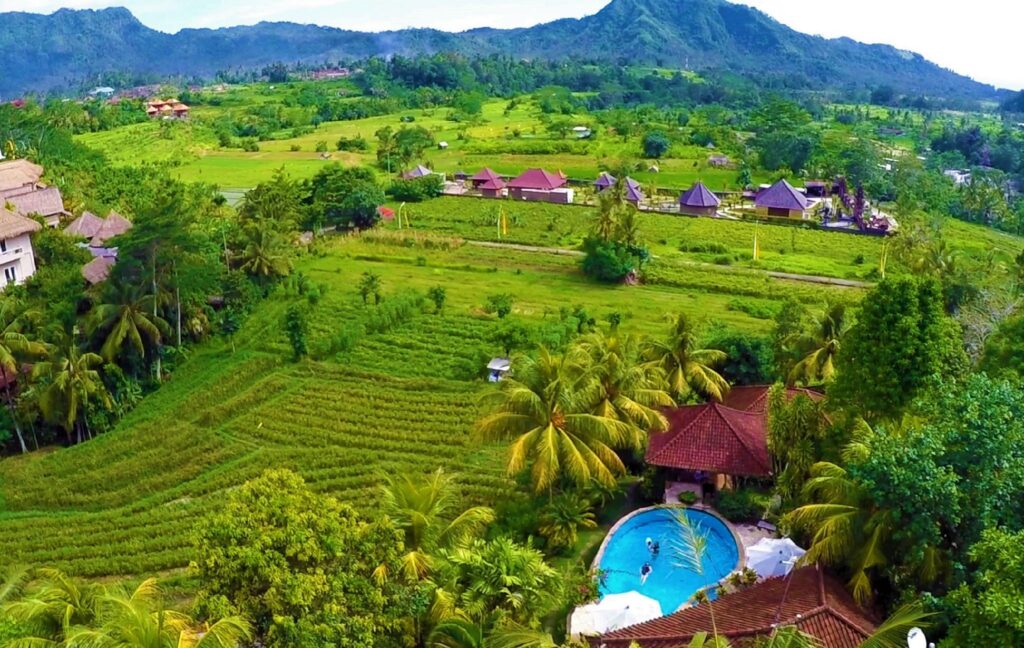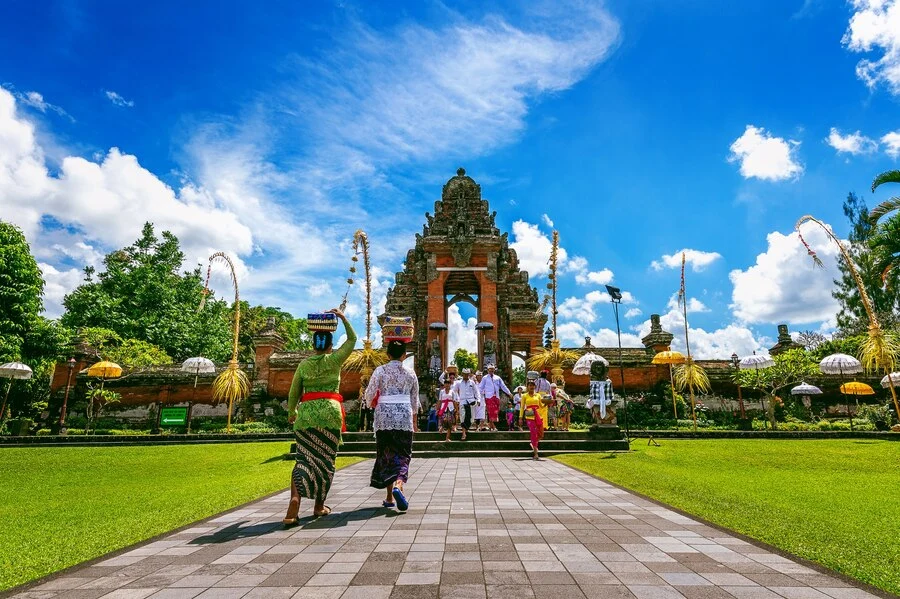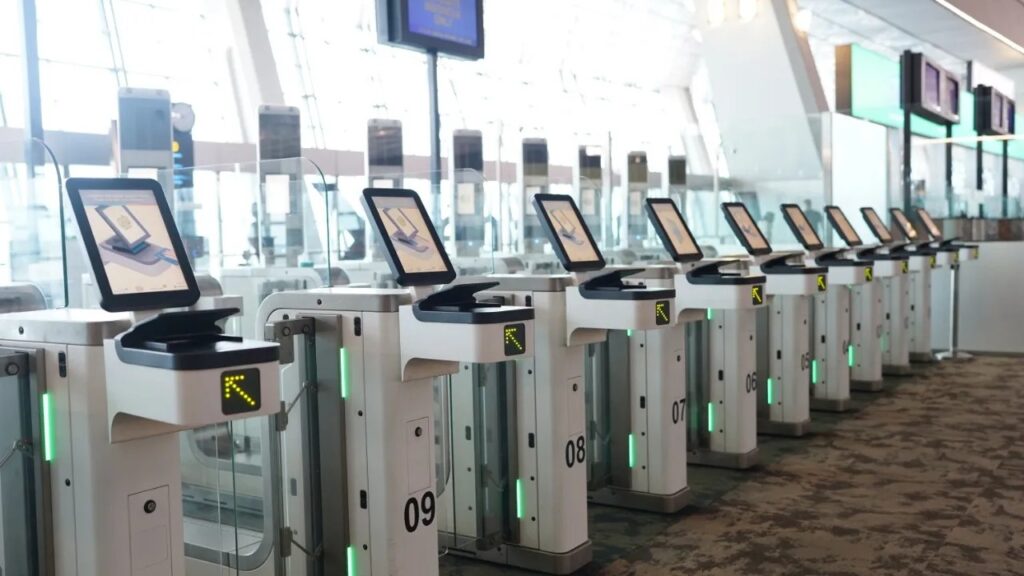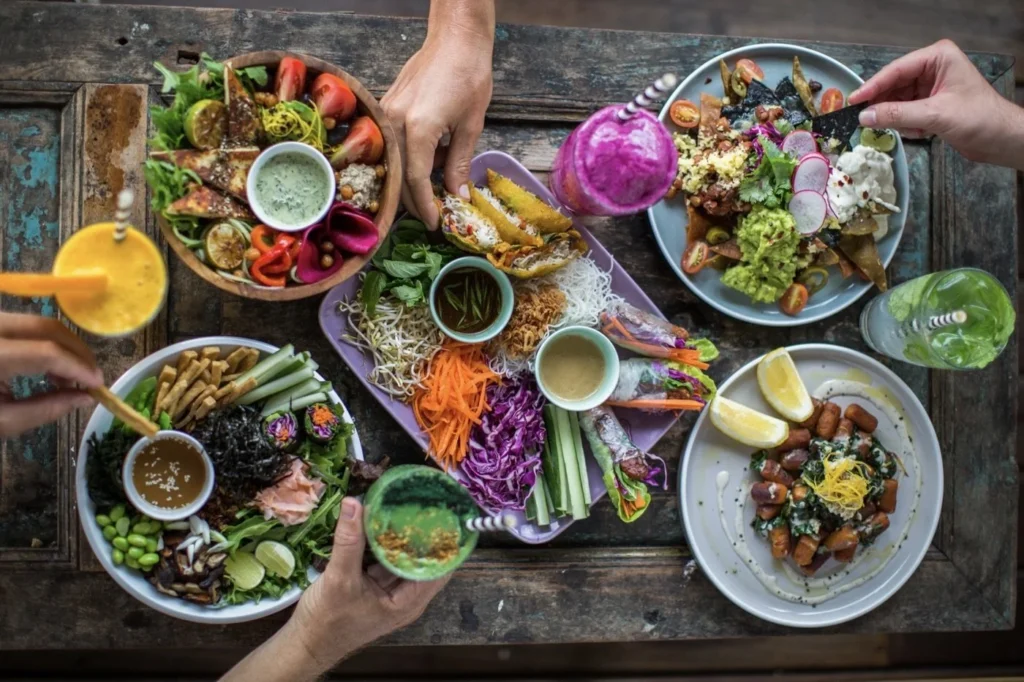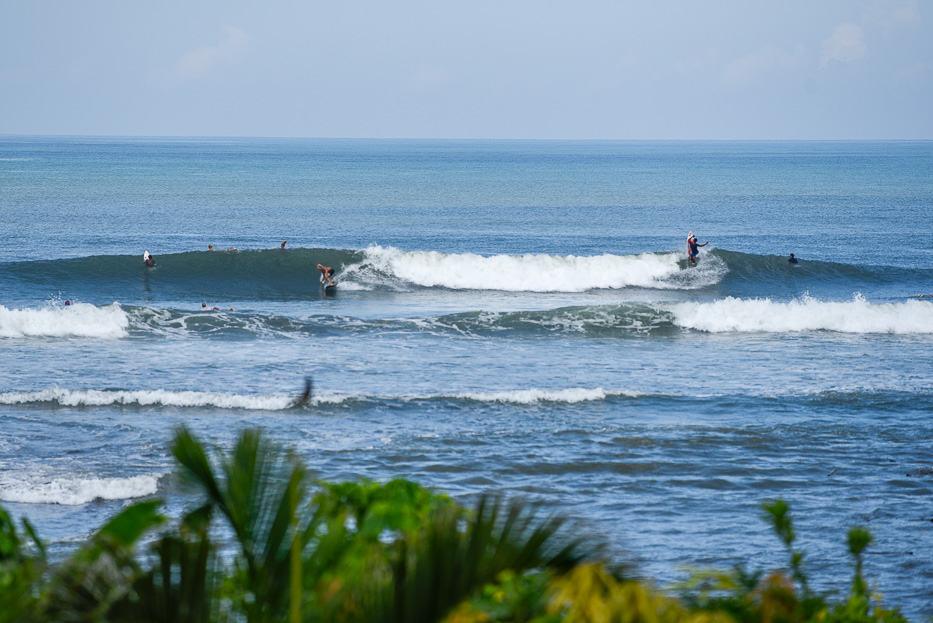Bali is known for its stunning rice terraces, but what makes these landscapes truly special is the ancient irrigation system behind them—the Subak. Recognized as a UNESCO World Heritage Site, the Subak system is not just about water distribution; it’s a spiritual, cultural, and agricultural tradition that has sustained Bali’s rice farming for over 1,000 years.
Unlike modern irrigation methods that rely solely on technology, Subak is deeply rooted in Balinese Hinduism, emphasizing harmony between humans, nature, and the gods. This unique system is managed collectively by local farmers and integrates water temple rituals, cooperative labor, and sustainable farming practices. The result is a self-sufficient, eco-friendly, and socially responsible irrigation network that has shaped Bali’s breathtaking landscapes for centuries.
This article explores the history, function, spiritual significance, and modern-day challenges of the Subak system, providing a deeper understanding of why rice fields in Bali are more than just picturesque landscapes.
1. What is the Subak System?

The Subak system is an ancient cooperative irrigation network that governs Bali’s rice farming communities. This system is unique because it is not merely a set of irrigation techniques; it is a living cultural tradition that integrates spiritual beliefs, environmental sustainability, and social cooperation.
Bali’s rice terraces are not just an agricultural marvel; they are a reflection of the Balinese way of life, where everything is interconnected. Unlike in other parts of the world where irrigation systems are controlled by individual landowners or the government, the Subak system is entirely managed by the local farmers themselves, following a structure that has existed for generations.
🌱 Key Principles of the Subak System

✔ Water Sharing & Cooperation – Farmers work together to ensure fair water distribution.
✔ Religious Significance – The system is overseen by temples dedicated to Dewi Danu, the goddess of water.
✔ Sustainability & Balance – The system follows the Balinese philosophy of Tri Hita Karana, which emphasizes harmony between people, nature, and the divine.
💡 Insider Tip:
The best place to see Subak in action is at Jatiluwih Rice Terraces, a UNESCO-listed site that showcases some of Bali’s most breathtaking rice fields.
2. How the Subak System Works

The Subak system is a complex yet efficient method of water management that ensures an equitable and sustainable distribution of water to rice fields across Bali. What makes it unique is that it relies entirely on natural water flow and spiritual rituals, instead of modern mechanical irrigation methods.
Unlike in industrialized farming where water is artificially pumped into fields, the Subak system is based on a gravity-fed irrigation network that directs water from mountain springs and lakes into village rice paddies. This requires meticulous planning, cooperation among farmers, and spiritual ceremonies to ensure the success of each harvest.
🌀 How Water Flows Through the Subak System

1️⃣ Mountain Springs & Lakes – The water originates from Bali’s volcanic lakes (such as Lake Batur), which are considered sacred.
2️⃣ Water Temples Control Distribution – Priests at Pura Ulun Danu Batur (the main water temple) oversee the flow of water.
3️⃣ Irrigation Channels (Ayang-Ayang) – Water is diverted into smaller canals that lead to rice fields.
4️⃣ Farmers Work Collectively – Villages ensure water is equitably shared, preventing disputes.
5️⃣ Drainage & Reuse – Excess water is returned to the river, allowing for sustainable recycling.
💡 Did You Know?
Bali has over 1,200 Subak cooperatives, and each has its own leader who ensures fair water distribution within the community.
3. The Spiritual Connection: Water Temples & Tri Hita Karana

Unlike conventional irrigation systems, which are purely functional, the Subak system is deeply spiritual. The Balinese believe that all elements of nature are controlled by the gods, and therefore, water management must be harmonized with religious rituals and community cooperation.
The Subak system is governed by the philosophy of Tri Hita Karana, which teaches that true prosperity comes from balancing relationships between the gods, nature, and humanity. This philosophy is practiced through regular temple offerings, prayers for a good harvest, and community rituals performed at key water temples.
🏯 Sacred Water Temples in the Subak System
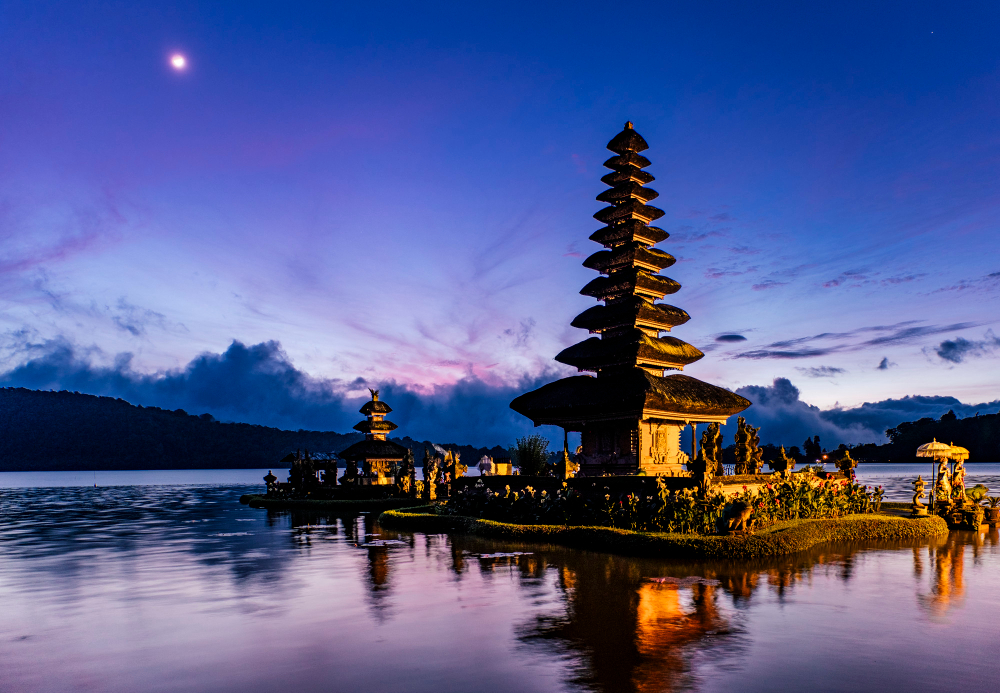
📍 Pura Ulun Danu Batur – The most important water temple in Bali, located near Lake Batur.
📍 Pura Taman Ayun – A UNESCO-listed temple that plays a key role in Bali’s irrigation network.
📍 Pura Subak Catur Angga – A lesser-known but spiritually significant temple for Subak farmers.
💡 Insider Tip:
To truly understand the spiritual connection between farmers and water, visit Pura Ulun Danu Batur during a local Subak ceremony, where farmers offer prayers and blessings to ensure a successful harvest.
4. Where to See the Subak System in Action

The best way to experience Subak is to visit Bali’s most scenic rice terraces, where you can witness the irrigation system at work and learn from local farmers. While famous spots like Tegalalang attract many visitors, there are less crowded places where you can see Subak in its purest form.
🌾 Best Places to See the Subak System
📍 Jatiluwih Rice Terraces (Tabanan) – A UNESCO World Heritage Site, offering breathtaking panoramic views of Bali’s largest rice fields.
📍 Tegalalang Rice Terraces (Ubud) – One of Bali’s most famous spots, featuring steep terraces and lush landscapes.
📍 Sidemen Valley (East Bali) – A hidden gem with authentic rice farming communities and no crowds.
📍 Munduk Rice Fields (North Bali) – A peaceful and less touristy place to see traditional Subak irrigation in action.
💡 Insider Tip:
At Jatiluwih, you can take a guided Subak tour, where local farmers explain the irrigation process and let you try planting rice yourself.
5. Modern Challenges & The Future of Subak

Despite its historical and cultural significance, the Subak system faces modern challenges, including:
✔ Urbanization & Tourism Development – Many rice fields are being sold for hotels and villas, reducing the need for Subak.
✔ Water Shortages – Due to climate change and overuse, water resources are becoming scarcer.
✔ Younger Generations Leaving Farming – Many Balinese youth prefer tourism jobs over farming, leading to a decline in Subak membership.
🌏 What’s Being Done to Preserve Subak?
✔ UNESCO Protection – Bali’s government is working to protect Jatiluwih & Tegalalang from urbanization.
✔ Sustainable Farming Initiatives – New programs are encouraging eco-friendly rice farming to attract young farmers.
✔ Community-Based Tourism – Some villages now offer agriculture-based homestays, allowing visitors to learn about Subak while supporting local farmers.
🏡 Recommended Hotels Near Bali’s Rice Terraces
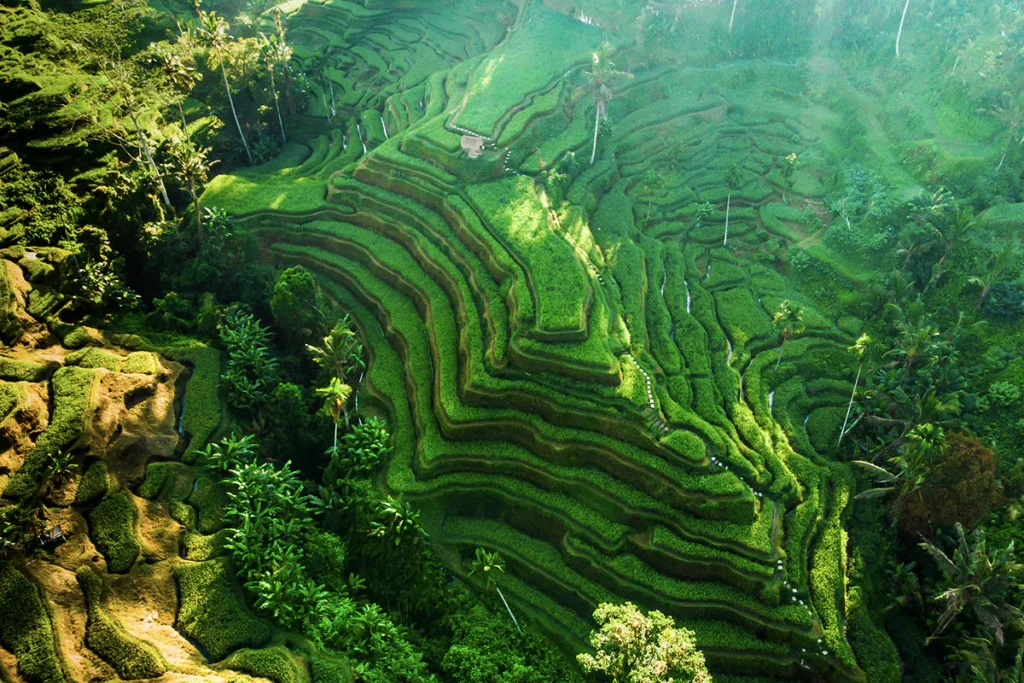
To truly experience Bali’s Subak system and lush rice terraces, staying near the heart of these stunning landscapes allows for a deeper connection with nature, culture, and traditional farming communities. Whether you’re looking for a luxury retreat with breathtaking views, a charming boutique stay, or a budget-friendly guesthouse, these hotels provide comfort, authenticity, and convenience.
Here are some hand-picked hotels near Jatiluwih, Munduk, Tegalalang, and Sidemen that will immerse you in Bali’s natural beauty and rich farming heritage.
🌿 Hotels Near Jatiluwih Rice Terraces (Tabanan)
Jatiluwih is one of Bali’s most famous UNESCO-listed sites, offering panoramic rice field views, fresh mountain air, and an off-the-beaten-path atmosphere. Staying here means waking up to stunning sunrises over the rice paddies and experiencing a slower, more peaceful side of Bali.
✔ Prana Dewi Mountain Resort – A charming nature retreat surrounded by rice fields and forest, with eco-friendly bungalows and yoga classes. Great for spiritual travelers and relaxation seekers.
🌿 Hotels Near Munduk Rice Fields (North Bali)
Munduk is Bali’s hidden mountain paradise, offering misty hills, stunning waterfalls, and cool, refreshing weather. This area is perfect for hiking, coffee plantations, and scenic rice terrace views.
✔ Munduk Moding Plantation – A luxury eco-resort with infinity pools that overlook the clouds, offering one of the most breathtaking views in Bali. Ideal for honeymooners and nature lovers.
✔ Sanak Retreat Bali – A secluded eco-retreat with traditional wooden bungalows, organic gardens, and jungle surroundings, perfect for those seeking relaxation and cultural immersion.

🌾 Hotels Near Tegalalang Rice Terraces (Ubud)
Tegalalang is one of Bali’s most iconic rice terraces, known for its steep, layered landscapes and Instagram-worthy swings. Staying nearby means easy access to Ubud’s cultural attractions while still enjoying nature and serenity.
✔ Belvilla Wanderlust Central Ubud – A charming and centrally located stay, perfect for exploring Ubud and its surroundings.
✔ Alam Sembuwuk Ubud – A peaceful retreat nestled among the rice terraces, offering Balinese-style accommodations and wellness experiences.
✔ JS1 Villa Serenity in Ubud – A beautiful private villa with lush garden surroundings, offering a quiet escape close to nature.
🌄 Hotels Near Sidemen Valley (East Bali)
Sidemen is one of Bali’s last remaining traditional farming villages, offering breathtaking rice terrace views, authentic Balinese culture, and fewer tourists. Staying here means waking up to the sounds of nature and exploring untouched landscapes.
✔ Samanvaya Luxury Resort & Spa – A stylish eco-resort nestled in Sidemen’s lush valleys, featuring infinity pools, spa treatments, and an intimate atmosphere.
✔ Sawah Indah Villa – A budget-friendly guesthouse with spacious rooms, warm hospitality, and panoramic rice field views.
✔ Cepik Villa Sidemen – A mid-range boutique villa with stunning views of Mount Agung and the rice terraces, offering traditional architecture and modern comforts.
Where to Stay for the Best Rice Terrace Experience
Choosing to stay near Jatiluwih, Munduk, Tegalalang, or Sidemen allows you to experience Bali’s rice farming culture, avoid crowds, and connect with nature. Whether you prefer a luxury retreat, an eco-friendly resort, or a budget-friendly farmstay, these hotels provide an unforgettable experience in Bali’s most scenic locations.
Ready to wake up to the beauty of Bali’s rice terraces? Book your stay at one of these incredible hotels and experience the heart of Bali’s agricultural heritage! 🌿✨
